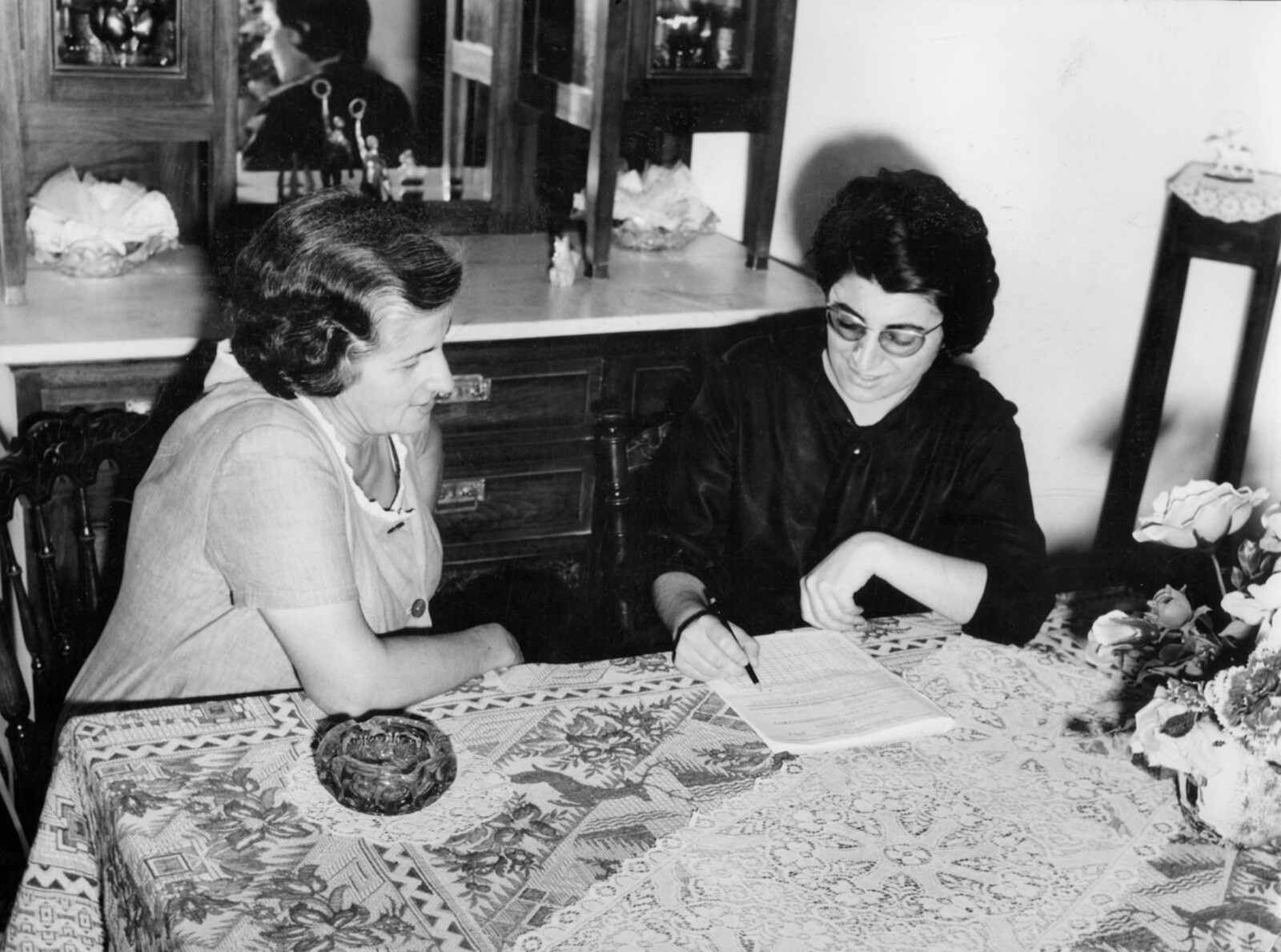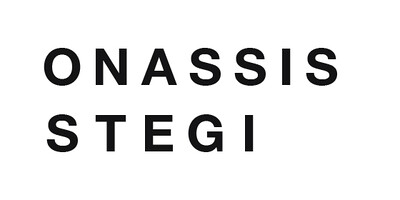An exhibition on data and human communities from the ’60s to today
January 28–February 26, 2023
The exhibition examines one of the most pressing and transformational conditions of the last half century—the overlapping and intertwining of cities, people, and information systems. The exhibition shows this in two episodes. The first covers the prescient use of computers in the 1960s by the Greek architect and internationally celebrated planner of cities, Constantinos A. Doxiadis through the work of DACC—the Doxiadis Associates Computer Center. The second episode traces these computational practices to present day Athens, with new research into the physical form, technical administration, and territorial spread of city and state border management systems.
Each episode pivots around a population group and a form of information collection. In the 1960s, Doxiadis Associates ran The Human Community, a DACC-assisted study of Athenian residents that gauged their adaptation to the growth and pace of the postwar city. The exhibition includes The New Human Community, a critical restaging of Doxiadis’ survey conducted with recently arrived residents and refugees. The Machine at the Heart of Man: Constantinos Doxiadis’ Informational Modernism tracks how our contemporary and postwar periods are linked through techniques of data extraction and accumulation. In the exhibition, these two episodes chart Greece’s emerging informational geography, locating its boundaries, borders, and the data subjects they engender.
With its mainframe UNIVAC and spinning tape drives, DACC was a startling venture for an architecture office in the 1960s. Doxiadis belonged to a cohort of international architects and intellectuals appraising the implications of new digital technologies for the future of cities. Unlike his peers, who often considered this impact abstractly or theoretically, the techniques and products of computation were deeply integrated into Doxiadis’ practice. Spanning early analog data collection to later urban computation, the exhibition recasts Doxiadis’ practice through informational processes and automation, placing it within the emerging postindustrial logics of the 1960s and 1970s.
The exhibition also puts the Doxiadis Associates Computer Center in communication with our current debates on computation and community. For Doxiadis, community was an ideal of social integration and resident satisfaction. It was also a dynamic measure of urban scale seen via neighborhood boundaries made volatile by postwar upheaval and migration. For many residents of contemporary Athens, these local boundaries have multiplied and expanded to encompass state borders and their control systems. While The Human Community and DACC mark a pivotal early moment in the historical formation and articulation of computational urbanism, the information extraction technologies that appear at and through this contemporary border complex are its most current elaboration.
Credits
Concept, research, curation, and design: Farzin Lotfi-Jam and Mark Wasiuta
Executive direction: Afroditi Panagiotakou, Prodromos Tsiavos
Commissioned and produced by Onassis Stegi.
Organized in partnership with Constantinos A. Doxiadis Archives & Constantinos and Emma Doxiadis Foundation.
With the support of the Greek Council for Refugees and Melissa Network.
And with additional support from the Graham Foundation.


